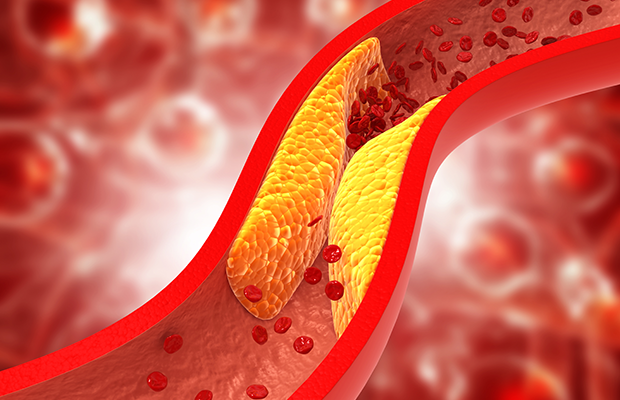
Understanding the results of a cholesterol test can often feel like deciphering a complex code, especially with various numbers and terms that don’t make everyday conversation. Cholesterol, a fatty substance in your blood, plays a crucial role in your body’s cell building and hormone production. However, too much of it can lead to serious health issues, including heart disease and stroke. So, when you get your cholesterol test report, also known as a lipid panel, what exactly should you be looking out for? What elements of the report could be potential red flags indicating health risks?
A cholesterol test report typically includes several key figures: total cholesterol, LDL (low-density lipoprotein) cholesterol, HDL (high-density lipoprotein) cholesterol, and triglycerides. Each of these components plays a different role in your health. For instance, LDL cholesterol is often dubbed the “bad” cholesterol because high levels can lead to plaque buildup in your arteries, increasing the risk of heart disease. On the other hand, HDL cholesterol is known as the “good” cholesterol because it helps remove other forms of cholesterol from your bloodstream. Triglycerides, another type of fat in your blood, can also increase your risk of heart disease when levels are high.
The concern in your cholesterol test report primarily revolves around high levels of LDL cholesterol and triglycerides, as well as low levels of HDL cholesterol. These conditions can silently progress, without any symptoms, towards more severe cardiovascular diseases. Therefore, understanding these numbers and what they imply for your health is crucial.
In the last paragraph of this discussion, it’s important to highlight that while certain numbers in your cholesterol test report might raise alarms, they also serve as a crucial wake-up call for taking proactive steps towards better health. High-risk numbers are not just indicators of potential problems; they are also opportunities for intervention through lifestyle changes and, if necessary, medication. Addressing these concerns early on with the help of healthcare professionals can significantly reduce the risk of developing heart disease and other related conditions, turning a fear-inducing report into a powerful motivator for positive change.








































Leave a Reply